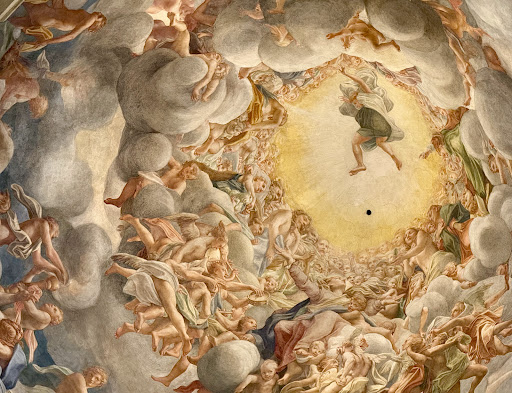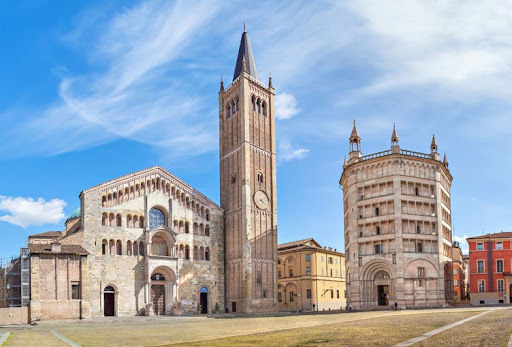Cattedrale di Parma things to do, attractions, restaurants, events info and trip planning
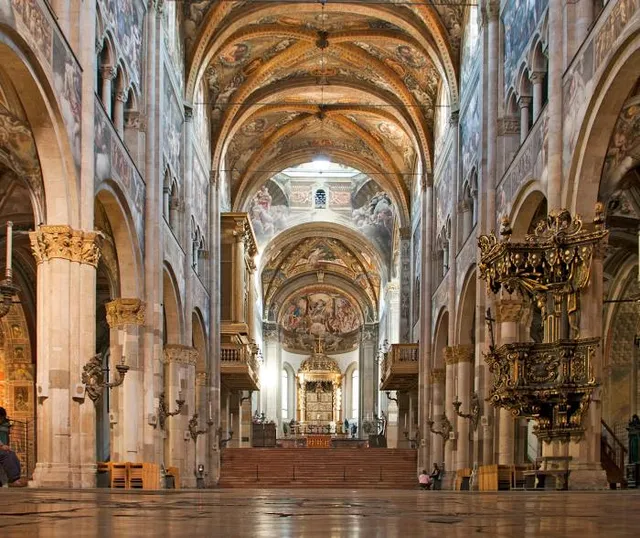
Basic Info
Cattedrale di Parma
P.za Duomo, 7, 43121 Parma PR, Italy
4.7(5.2K)
Open 24 hours
Save
spot
spot
Ratings & Description
Info
Parma Cathedral is a Roman Catholic cathedral in Parma, Emilia-Romagna, dedicated to the Assumption of the Blessed Virgin Mary. It is the episcopal seat of the Diocese of Parma.
Cultural
Accessibility
attractions: Baptistery of Parma, San Giovanni Evangelista, Teatro Regio, Museo Diocesano, Parma, Camera di San Paolo e Cella di Santa Caterina, Pinacoteca Stuard, Governor's Palace, Basilica di Santa Maria della Steccata, Palazzo della Pilotta, THE Castle Puppets Museum Giordano Ferrari, restaurants: Angiol d'Or, Ristorante La Forchetta, Ristorante Atmosfera Parma, Uagliò - Parma, Tra L'uss e L'asa, Artusi La Salsamenteria, Osteria Dello Zingaro, Borgo 20 | Ristorante Gourmet nel Centro di Parma – Accanto al Duomo, La Filoma, Fradiavolo Pizzeria - Parma
 Learn more insights from Wanderboat AI.
Learn more insights from Wanderboat AI.Phone
+39 0521 235886
Website
piazzaduomoparma.com
Plan your stay

Pet-friendly Hotels in Parma
Find a cozy hotel nearby and make it a full experience.

Affordable Hotels in Parma
Find a cozy hotel nearby and make it a full experience.

The Coolest Hotels You Haven't Heard Of (Yet)
Find a cozy hotel nearby and make it a full experience.

Trending Stays Worth the Hype in Parma
Find a cozy hotel nearby and make it a full experience.
Reviews
Nearby attractions of Cattedrale di Parma
Baptistery of Parma
San Giovanni Evangelista
Teatro Regio
Museo Diocesano, Parma
Camera di San Paolo e Cella di Santa Caterina
Pinacoteca Stuard
Governor's Palace
Basilica di Santa Maria della Steccata
Palazzo della Pilotta
THE Castle Puppets Museum Giordano Ferrari

Baptistery of Parma
4.5
(521)
Open 24 hours
Click for details
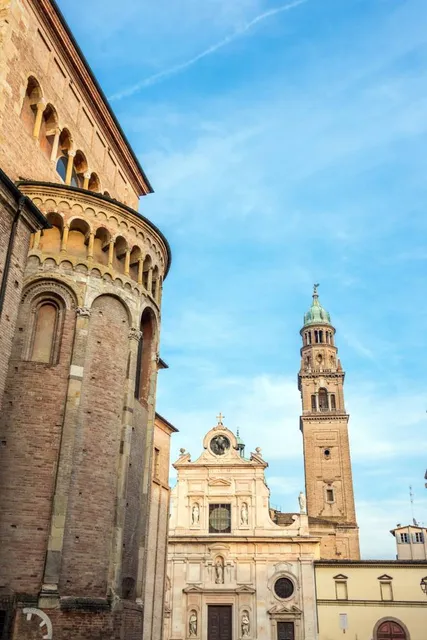
San Giovanni Evangelista
4.6
(326)
Open 24 hours
Click for details
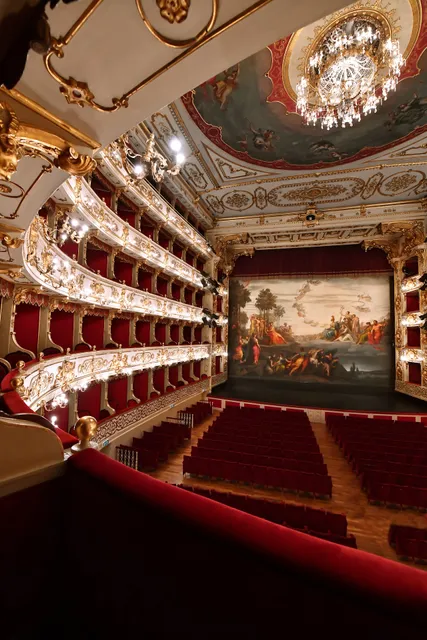
Teatro Regio
4.7
(2.2K)
Open 24 hours
Click for details
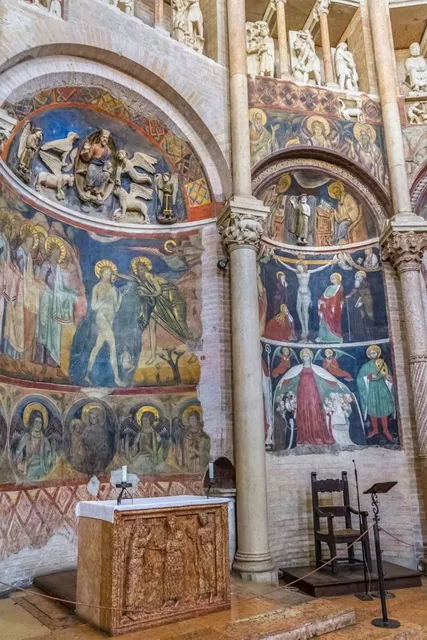
Museo Diocesano, Parma
3.9
(83)
Open until 6:00 PM
Click for details
Things to do nearby
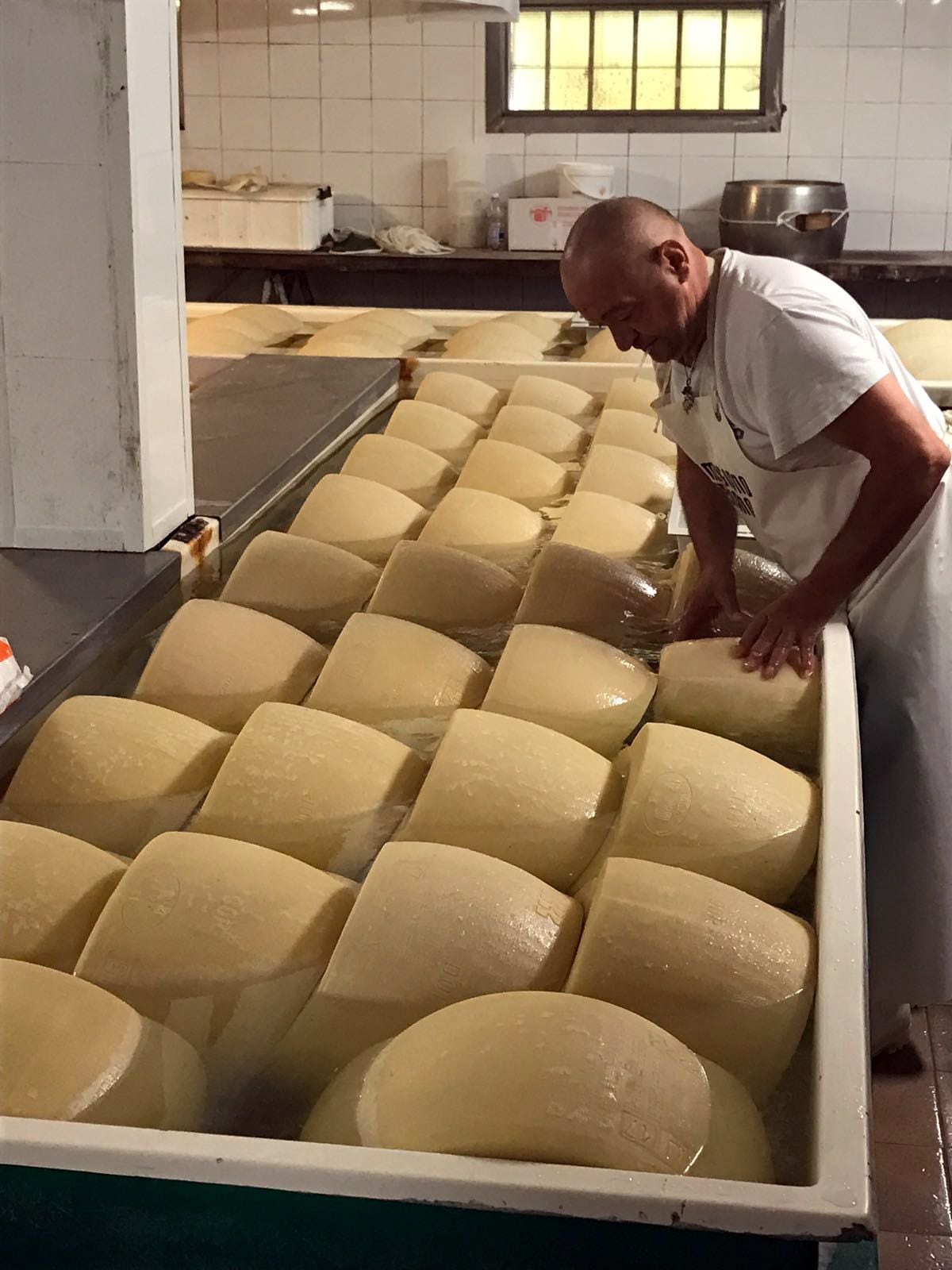
Taste and see how Parmesan and prosciutto are made
Sat, Dec 20 • 8:30 AM
43122, Parma, Emilia-Romagna, Italy
View details
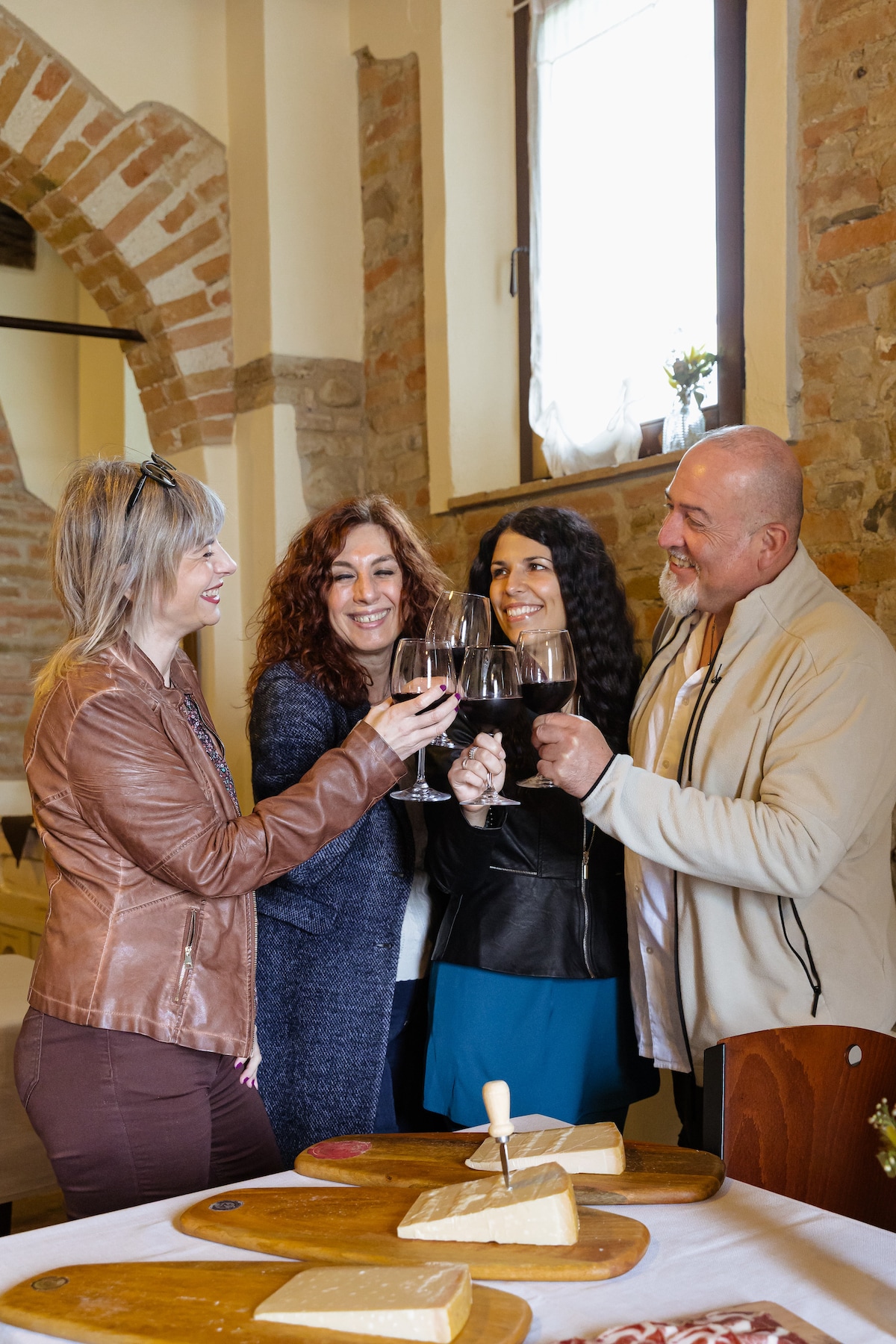
The Secret of Parmigiano Reggiano&Balsamic Vinegar
Sat, Dec 20 • 8:00 AM
42122, Reggio Emilia, Emilia-Romagna, Italy
View details
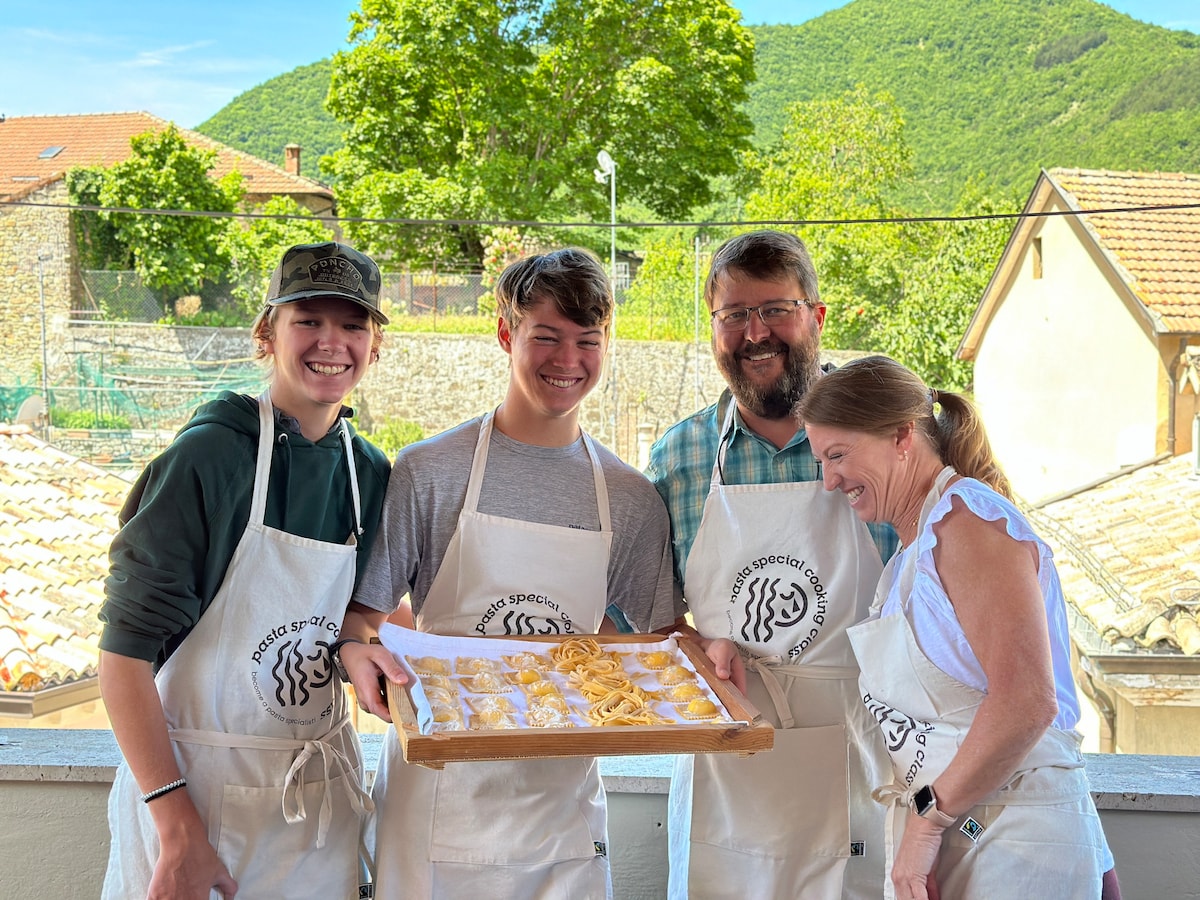
Homemade Pasta in a Peaceful Medieval Village
Sat, Dec 20 • 11:00 AM
43121, Parma, Emilia-Romagna, Italy
View details
Nearby restaurants of Cattedrale di Parma
Angiol d'Or
Ristorante La Forchetta
Ristorante Atmosfera Parma
Uagliò - Parma
Tra L'uss e L'asa
Artusi La Salsamenteria
Osteria Dello Zingaro
Borgo 20 | Ristorante Gourmet nel Centro di Parma – Accanto al Duomo
La Filoma
Fradiavolo Pizzeria - Parma
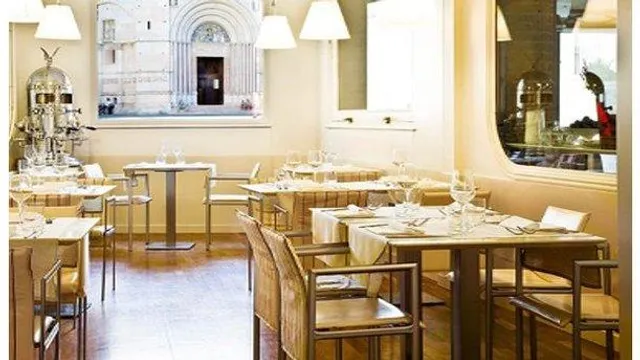
Angiol d'Or
4.5
(671)
Click for details
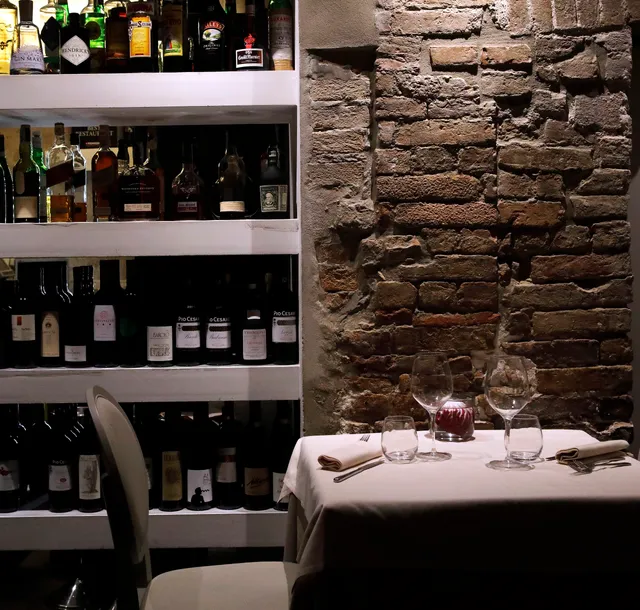
Ristorante La Forchetta
4.5
(737)
$$
Click for details
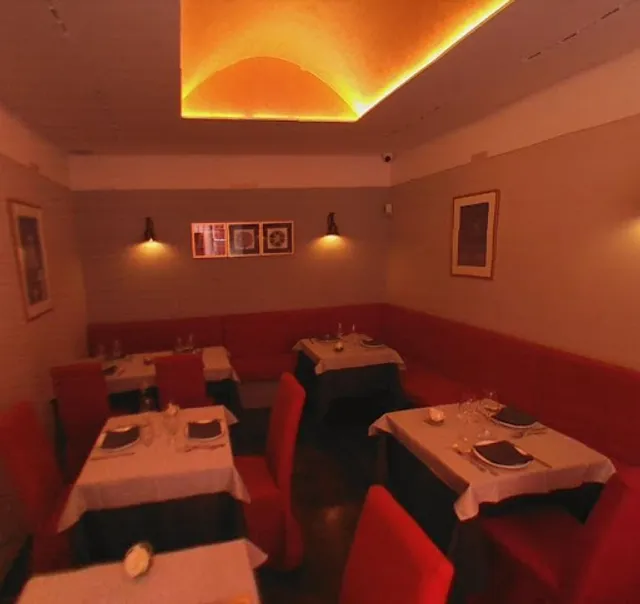
Ristorante Atmosfera Parma
4.5
(422)
Click for details
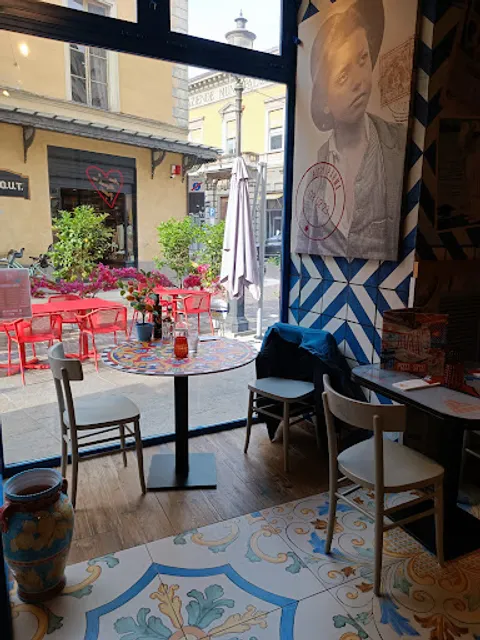
Uagliò - Parma
4.6
(823)
Click for details



